Tired of the same cupcakes and chocolate chip cookies? Let your taste buds take a vacation with these 12 authentic Turkish desserts that promise a sweet adventure from your own kitchen. From the syrup-soaked crispiness of baklava to the warm, cheesy pull of künefe, these treats aren’t just desserts—they’re a celebration of centuries-old traditions layered with pistachios, honey, and delicate spices. Each recipe brings a taste of Istanbul’s bustling streets and the warm hospitality of Turkish kitchens right to your table, giving your sweet tooth a well-deserved, flavor-packed upgrade you’ll crave again and again.
1. Baklava: The Sultan of Turkish Sweets
Golden layers of paper-thin phyllo dough embrace a treasure of chopped pistachios or walnuts in this royal dessert. Each bite delivers a perfect harmony of textures – crisp pastry yielding to a nutty center, all gloriously bathed in sweet syrup.
Turkish baklava differs from its Middle Eastern cousins with its distinctive technique. Bakers use up to 40 layers of gossamer-thin dough, brushing each with melted butter for that signature flaky crunch.
Traditionally served with Turkish coffee, baklava remains the crown jewel of special occasions like weddings and religious celebrations. The best versions come from Gaziantep, a city so renowned for this pastry that their baklava received protected status from the European Union.
2. Künefe: The Cheese Dessert That Melts Hearts
Stringy melted cheese hidden beneath a golden crown of shredded phyllo dough creates an unexpected sweet-savory masterpiece. Fresh from the oven, künefe arrives sizzling hot, drenched in simple syrup and crowned with crushed pistachios.
The magic happens when you take your first bite – stretchy cheese pulls away in satisfying strands while the crispy exterior provides perfect contrast. Originally from Hatay province near the Syrian border, this dessert now appears throughout Turkey.
Street vendors prepare künefe in special round copper pans, creating a theatrical experience as they pour syrup over the bubbling dessert. The combination of warm, gooey cheese and sweet crunch explains why this treat has gained international fame.
3. Şekerpare: Little Sugar Pieces That Melt in Your Mouth
These petite semolina cookies transform into something magical once baked and soaked in lemon-scented syrup. Their name literally means “piece of sugar” – an apt description for these melt-in-your-mouth morsels that dissolve on your tongue.
The cookie dough combines semolina, butter, and flour for a unique texture that remains firm enough to hold its shape yet soft enough to absorb the sweet syrup. Each cookie features a signature dimple in the center, filled with a blanket of syrup and sometimes adorned with a single almond.
Found in nearly every Turkish pastry shop, şekerpare represents comfort food at its finest. Their small size makes them dangerously easy to pop one after another, especially alongside a cup of strong Turkish tea.
4. Sütlaç: The Creamy Rice Pudding With a Caramelized Twist
Comfort comes in ceramic bowls with this beloved baked rice pudding. The star of Turkish home cooking, sütlaç combines short-grain rice with milk and sugar, then transforms in the oven where its top caramelizes to a beautiful golden-brown finish.
Unlike other rice puddings, the Turkish version achieves a delicate balance – creamy without being mushy, sweet without being cloying. The contrast between the slightly crisp top layer and the velvety pudding beneath creates an irresistible textural experience.
Neighborhood milk shops (süthane) once specialized exclusively in this dessert. Today, families still pass down cherished sütlaç recipes through generations, often garnishing with cinnamon or crushed nuts for an extra dimension of flavor.
5. Kazandibi: The Pudding With a Deliciously Burnt Secret
What looks like a kitchen mistake becomes culinary genius in this unusual caramelized milk pudding. The name translates to “bottom of the pot,” referring to its signature feature – a deliberately burnt bottom layer that adds smoky complexity to an otherwise simple dessert.
Creating kazandibi requires precise timing and temperature control. Milk, rice flour, and sugar cook until thickened, then part of the mixture caramelizes against the hot cooking surface before being rolled into its distinctive shape.
When served, the pudding is flipped to reveal its caramelized side, then sliced into rectangles and sometimes dusted with cinnamon. The contrast between the silky pudding and the chewy, caramelized layer creates an addictive texture that’s uniquely Turkish.
6. Revani: The Sunshine Cake Soaked in Sweet Citrus Syrup
Bright citrus notes dance through this light semolina cake that’s generously soaked in lemon-orange syrup. The coarse semolina grains create a distinctive texture that’s simultaneously moist and slightly grainy – nothing like Western cake textures.
Ottoman palace kitchens perfected revani centuries ago, creating a dessert that showcases the Turkish talent for syrup-soaked sweets. The cake absorbs the fragrant syrup while maintaining its structure, resulting in a treat that’s substantial without being heavy.
Regional variations might include coconut, yogurt, or different citrus combinations. In coastal areas, you might find revani garnished with a dollop of kaymak (clotted cream) for added richness, while inland versions often feature a sprinkle of ground pistachios for color and crunch.
7. Lokma: Honey-Soaked Puffs From Ancient Times
These golden, bite-sized dough balls have satisfied sweet cravings since Ottoman times. Crispy on the outside and pillowy within, lokma are fried to perfection then immediately dunked in honey-lemon syrup that penetrates every airy pocket.
Street vendors throughout Turkey prepare lokma in large batches, using special copper cauldrons of hot oil and long wooden tools to shape and flip the dough. The theatrical preparation becomes part of the experience – watching dozens of dough balls dance and puff in bubbling oil.
Beyond their delicious taste, lokma carry cultural significance as charitable offerings. During special occasions and funerals, families distribute these treats to neighbors and visitors as a gesture of community sharing and remembrance.
8. Güllaç: The Delicate Rose-Scented Ramadan Special
Translucent sheets of cornstarch dough float like clouds in this ethereal dessert that appears during the holy month of Ramadan. Each paper-thin layer gets soaked in rose-scented milk until soft yet distinct, creating a dessert that’s refreshingly light after evening iftar meals.
The pristine white layers often conceal colorful treasures – pomegranate jewels, pistachios, or walnuts provide bursts of color and texture. Rose water gives güllaç its signature fragrance, transporting you to Ottoman palace gardens with each spoonful.
Food historians consider güllaç the ancestor of modern baklava, evolving from ancient Central Asian traditions. Its name derives from “güllü aş” (rose food), and tradition holds that the dessert symbolizes purity and blessings during the sacred month.
9. Tavuk Göğsü: The Chicken Breast Pudding That Surprises Everyone
Perhaps Turkey’s most conversation-starting dessert, tavuk göğsü creates disbelief when first-timers learn its secret ingredient. Yes, this silky milk pudding really does contain finely shredded chicken breast – yet tastes nothing like poultry!
Dating back to Ottoman palace kitchens, this unusual combination developed as a protein-rich treat for sultans. The chicken is boiled, shredded into invisible strands, then combined with milk, sugar, and rice flour until it forms a thick, smooth pudding with a uniquely elastic texture.
Sliced and dusted with cinnamon, tavuk göğsü demonstrates the ingenuity of Turkish cuisine. The chicken adds no flavor but creates a distinctive mouthfeel that’s been delighting dessert lovers for centuries – once you get past the initial surprise!
10. Keşkül: The Almond Milk Pudding Fit for Royalty
Velvety smooth almond milk pudding cradled in ornate copper bowls offers a taste of Ottoman luxury. This pale, delicate dessert combines ground almonds with milk, rice flour, and sugar into a subtly sweet pudding that feels like pure indulgence.
The name “keşkül-ü fukara” means “beggar’s bowl,” contrasting with its refined taste that was once reserved for palace dining. Traditional recipes include a hint of rosewater or orange blossom water for aromatic complexity.
Modern pastry shops serve keşkül garnished with shaved coconut, pistachios, or almonds, creating visual appeal against the creamy white background. The dessert’s gentle flavor profile makes it perfect for those who prefer sophisticated sweets rather than intensely sugary treats.
11. Ayva Tatlısı: Quince Dessert That Glows Like Rubies
Humble quince transforms into jewel-toned magnificence in this simple yet stunning dessert. Halved quinces simmer slowly in sugar syrup until they develop their characteristic deep ruby-red color – a natural chemical reaction that turns the normally pale fruit into something spectacular.
The long cooking process tames the fruit’s natural tartness and hard texture. What emerges is tender, aromatic quince with a flavor somewhere between apple and pear, but entirely its own.
Traditionally served topped with kaymak (clotted cream) and crushed walnuts, ayva tatlısı appears in Turkish homes throughout winter when quinces are in season. The contrast between the warm, crimson fruit and cool, white cream creates a dessert that’s as beautiful as it is delicious.
12. Cezerye: The Candied Carrot Confection That Surprises
Carrots reveal their sweet potential in this jewel-like Turkish candy that resembles a sophisticated fruit paste. Grated carrots cook down with sugar until they caramelize into a deep orange-red confection, then mix with toasted nuts and warming spices.
The chewy, fragrant result gets rolled in coconut or pistachios, creating bite-sized treats that pair perfectly with Turkish coffee. Each region adds its own signature – some versions include dried fruits, while others highlight cardamom, cinnamon, or cloves.
Originally created in Mersin on Turkey’s Mediterranean coast, cezerye served as a natural energy boost for workers. Today, these sweet morsels appear in beautiful boxes as gifts and souvenirs, representing a unique candy tradition that turns a humble vegetable into something extraordinary.
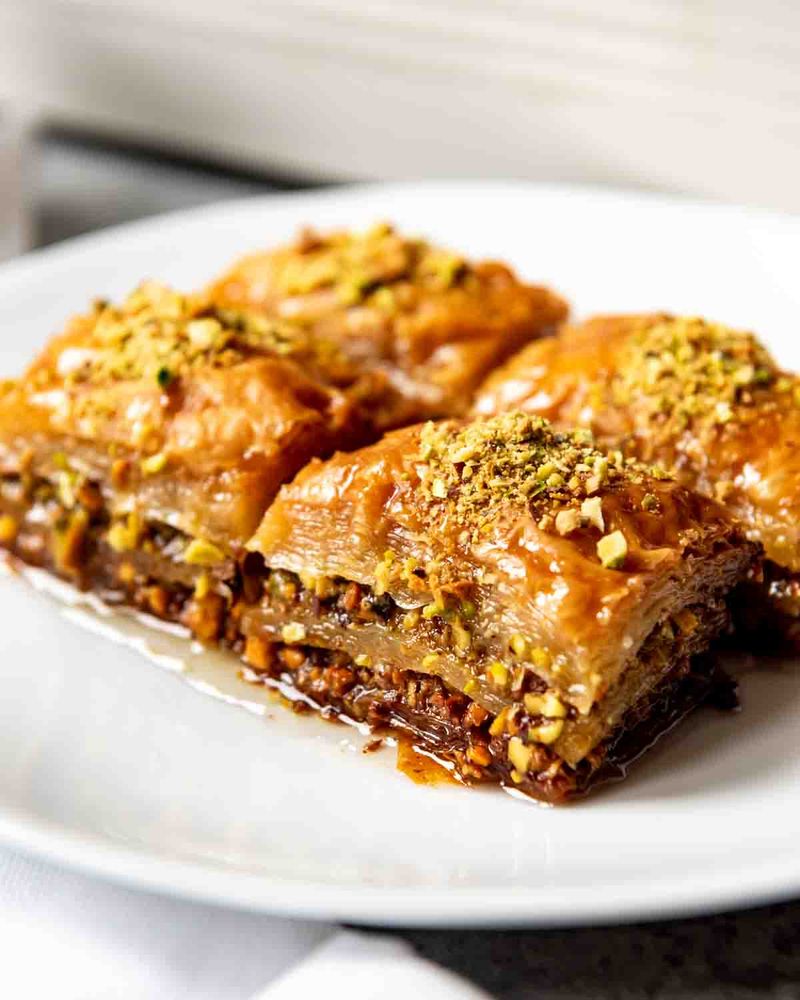
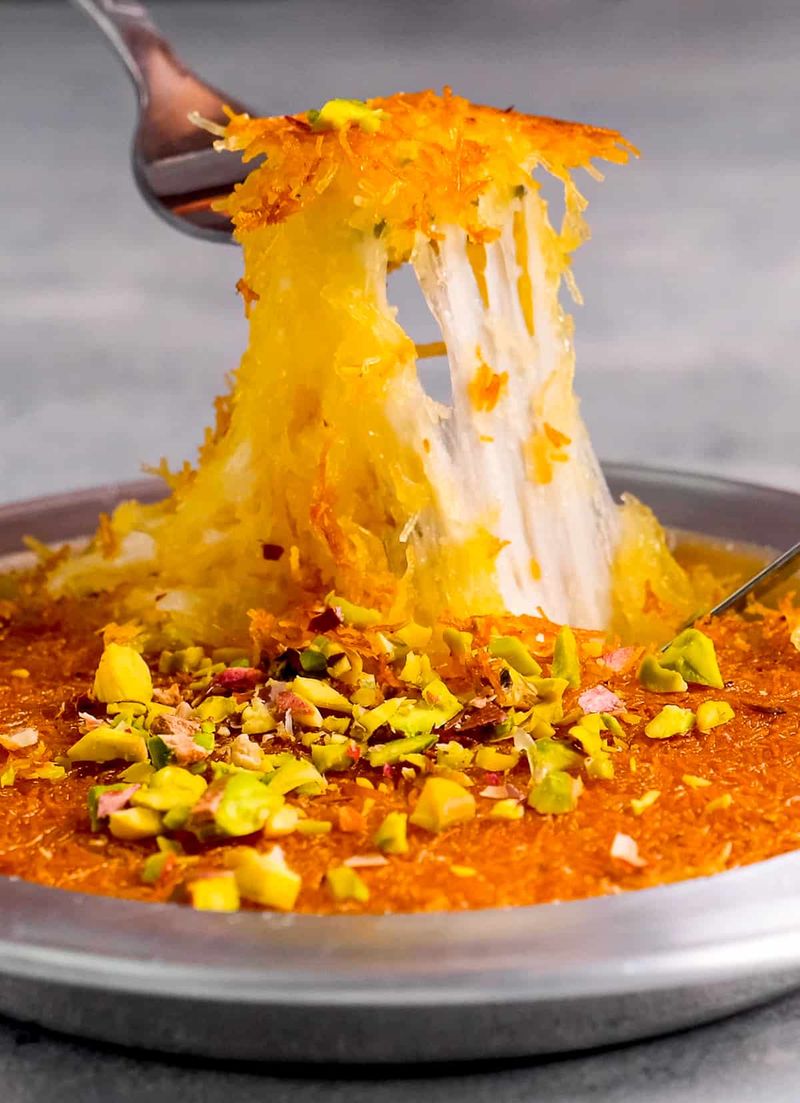
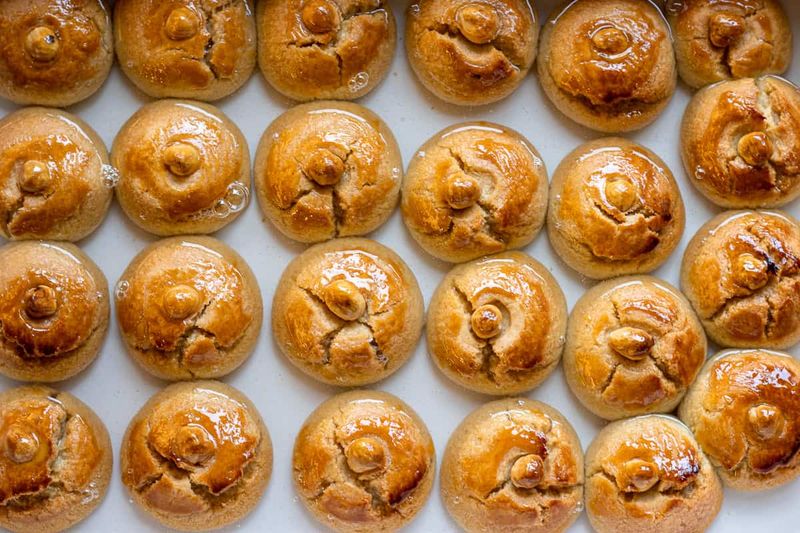
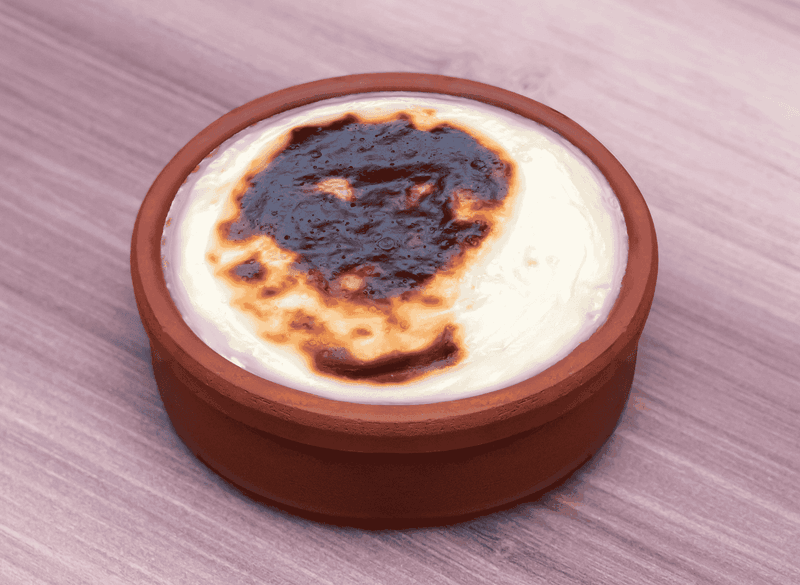
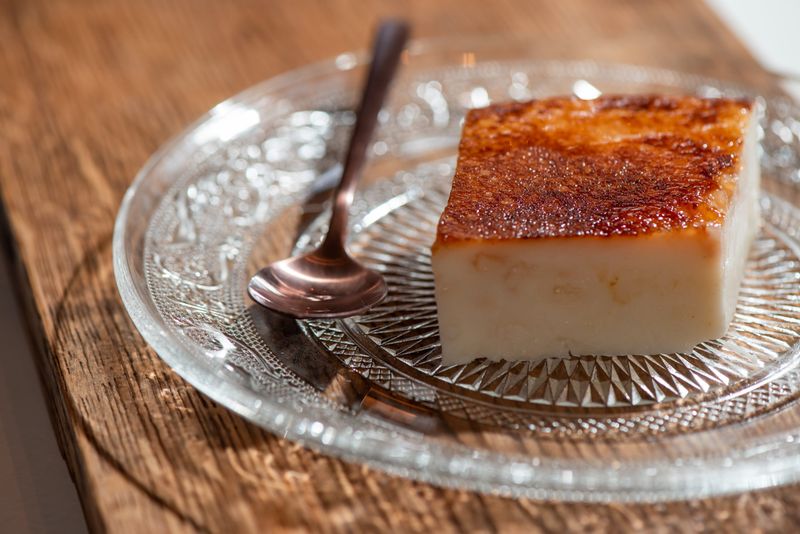
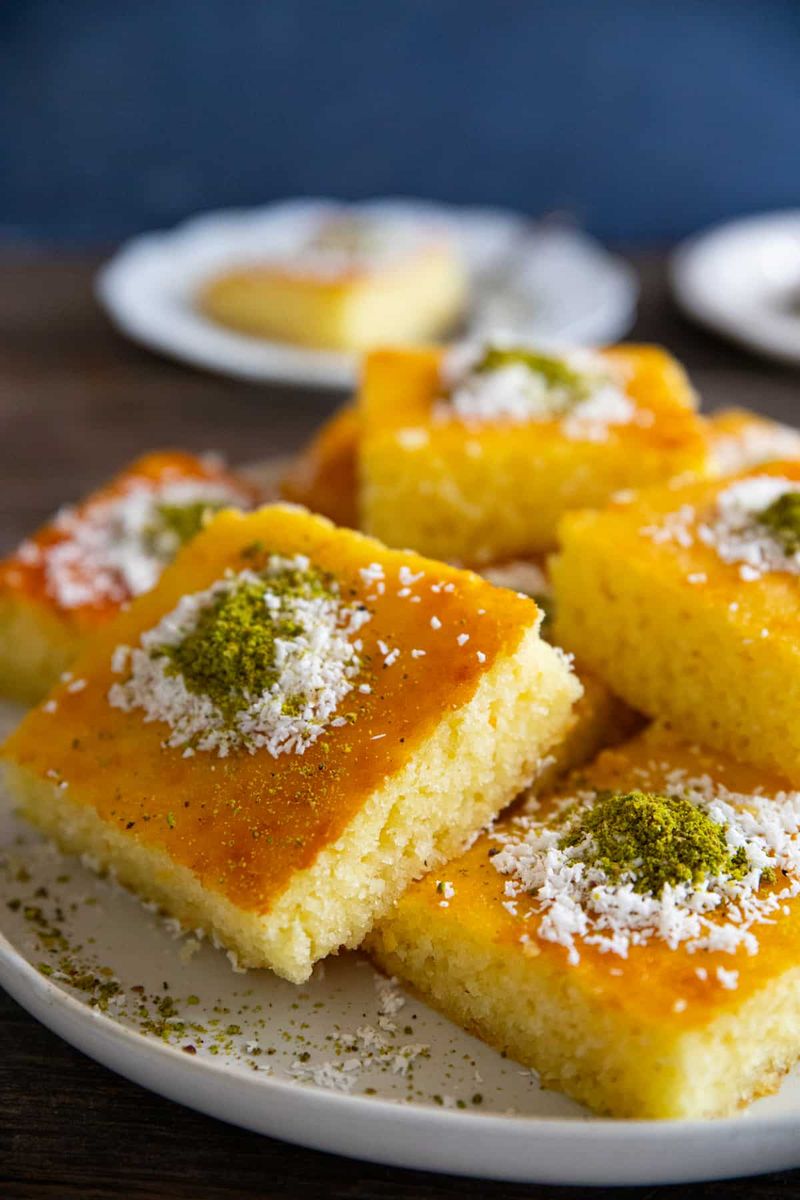
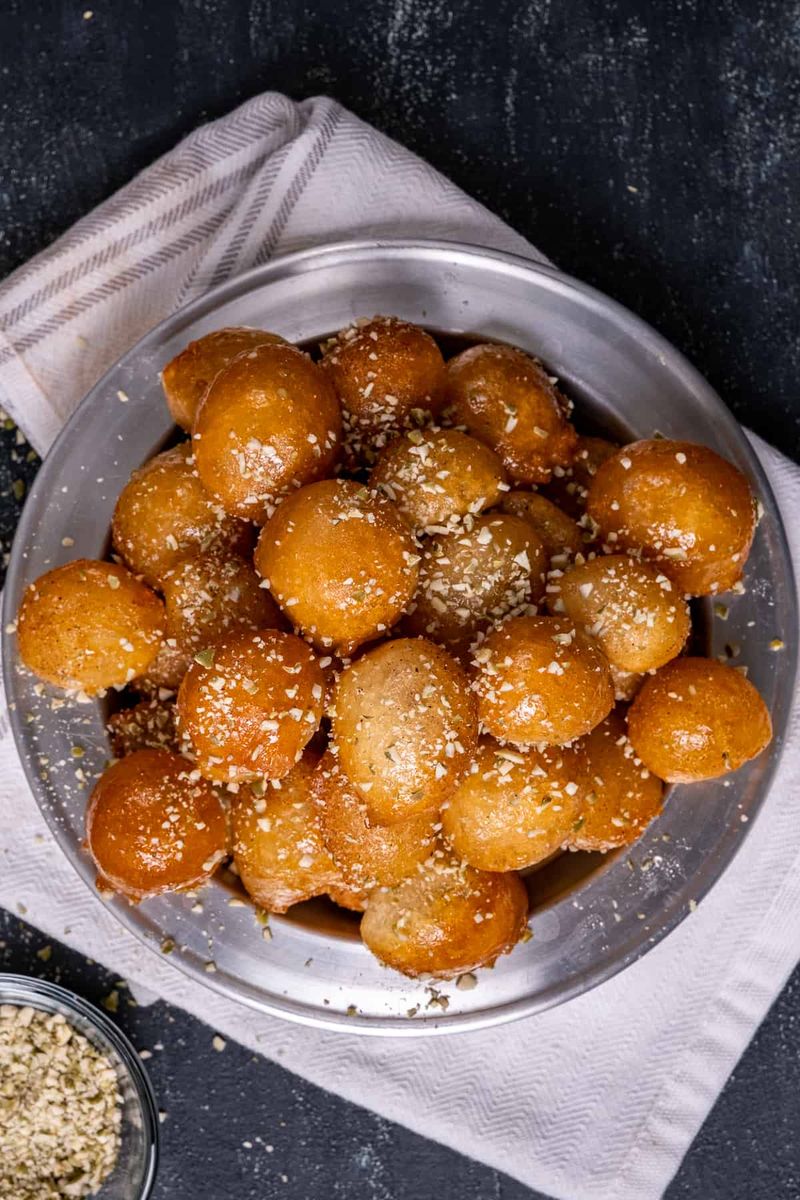
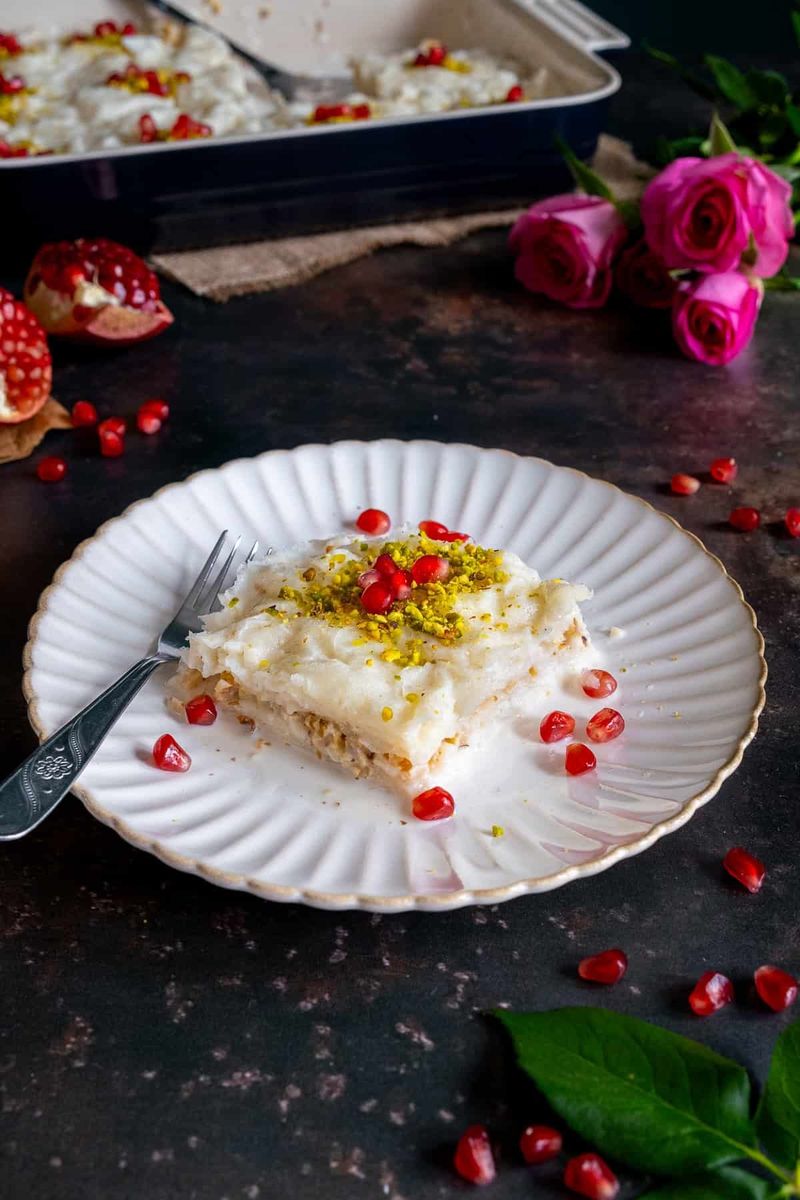
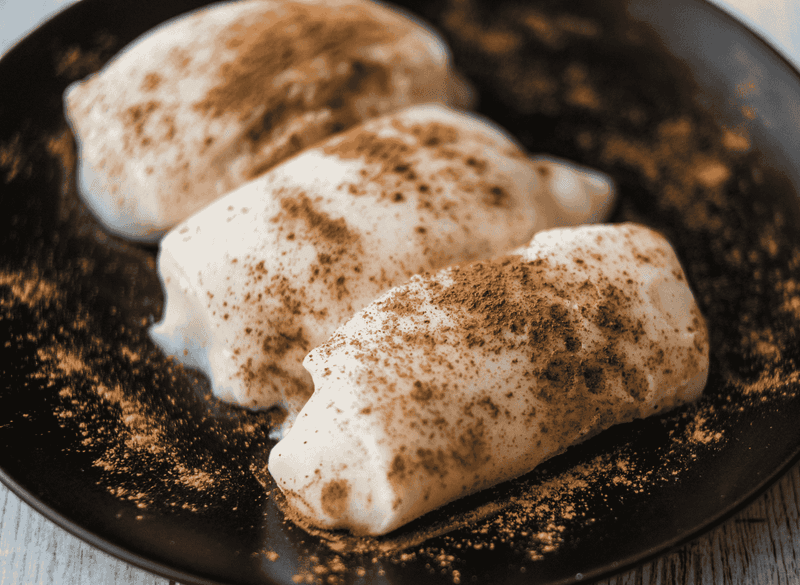
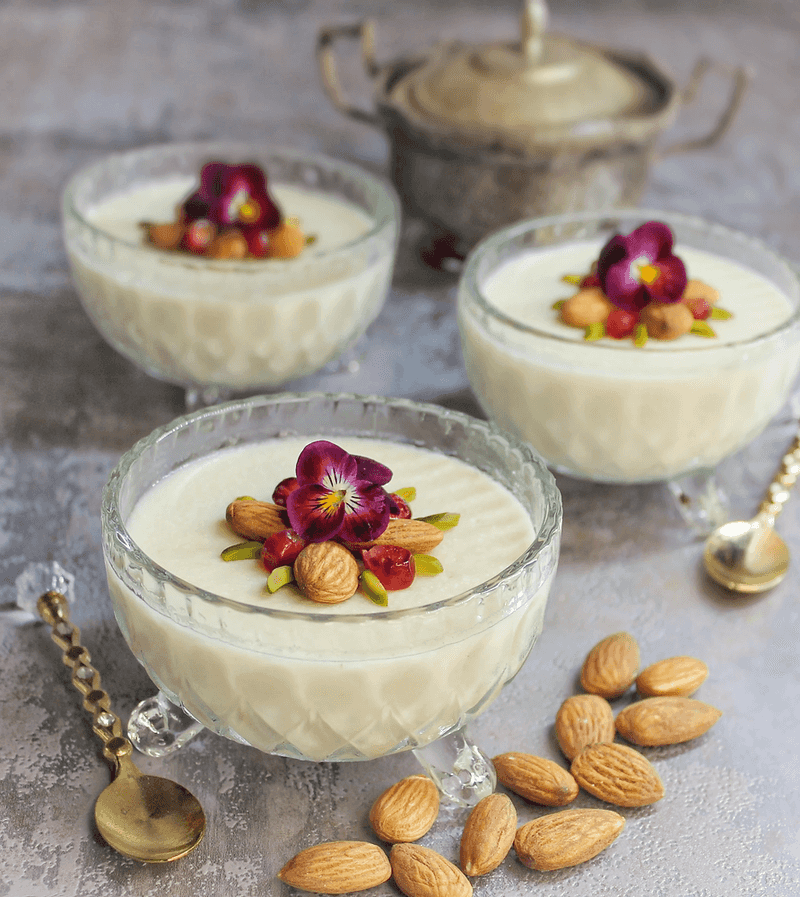
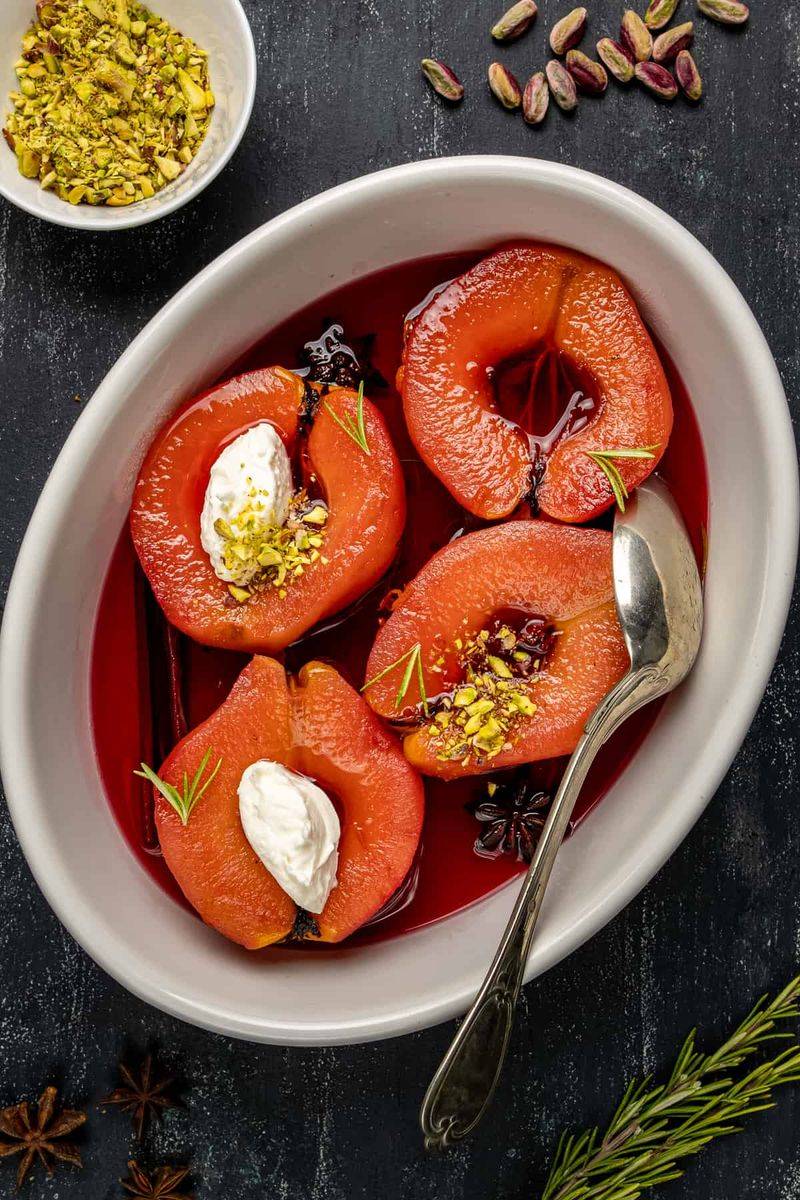
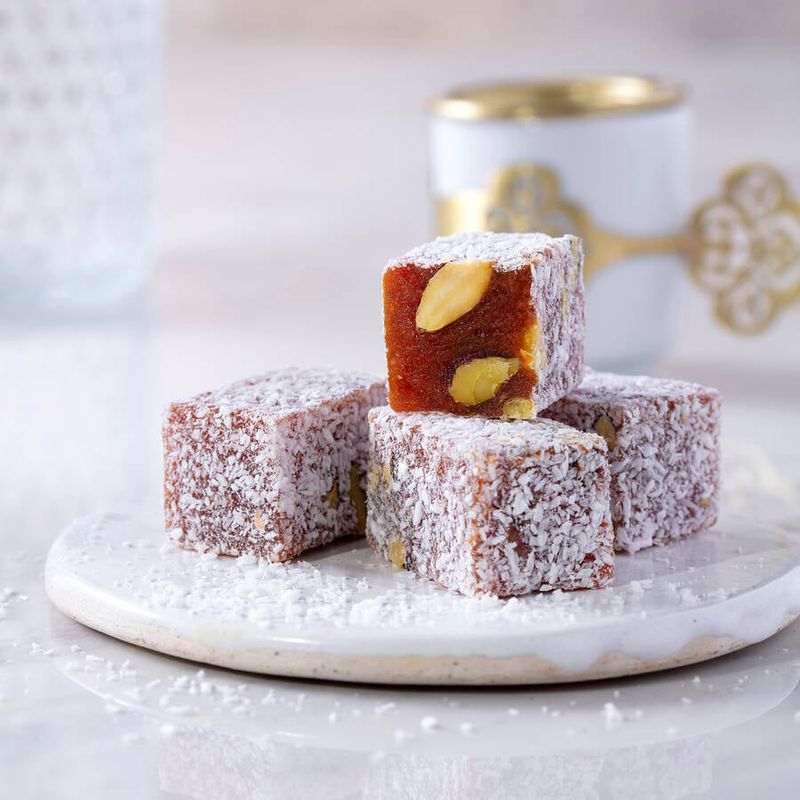
Leave a comment